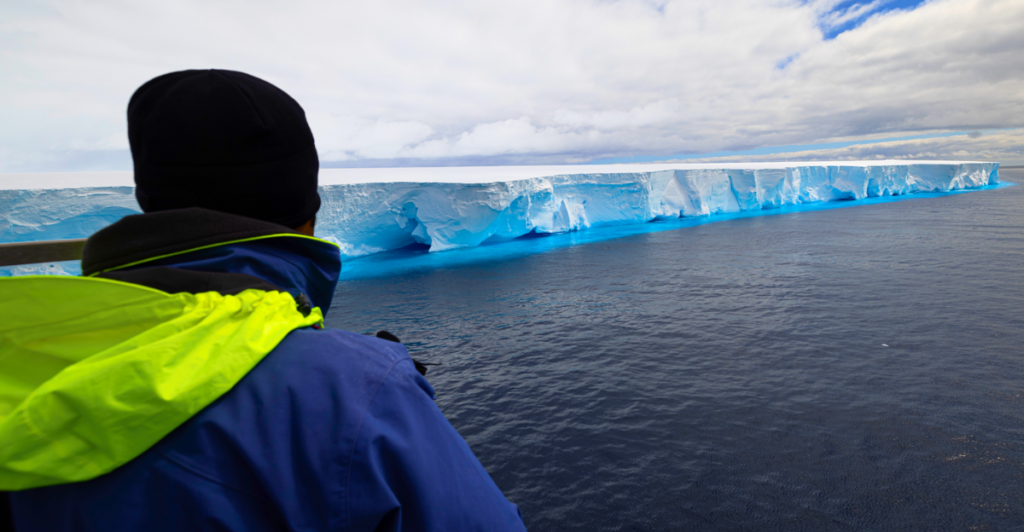
Recently, researchers conducted airborne surveys over A23a, the world’s largest iceberg, to document unprecedented observations regarding environmental shifts and their worldwide impact. A23a is nearly 4,000 square kilometers tall and has drifted for decades after detaching from the seafloor of Antarctica.
Its movement has piqued the interest of scientists, who are closely studying how this massive block of ice interacts with ocean currents, weather patterns, and marine life. Their observations have provided valuable climatic information, showing the immediate and long-term implications of ice melting in polar regions.
Below, we explore eight things scientists have learned from flying over the iceberg and what this teaches us about the continuous environmental crisis.
Meet the World’s Largest Iceberg
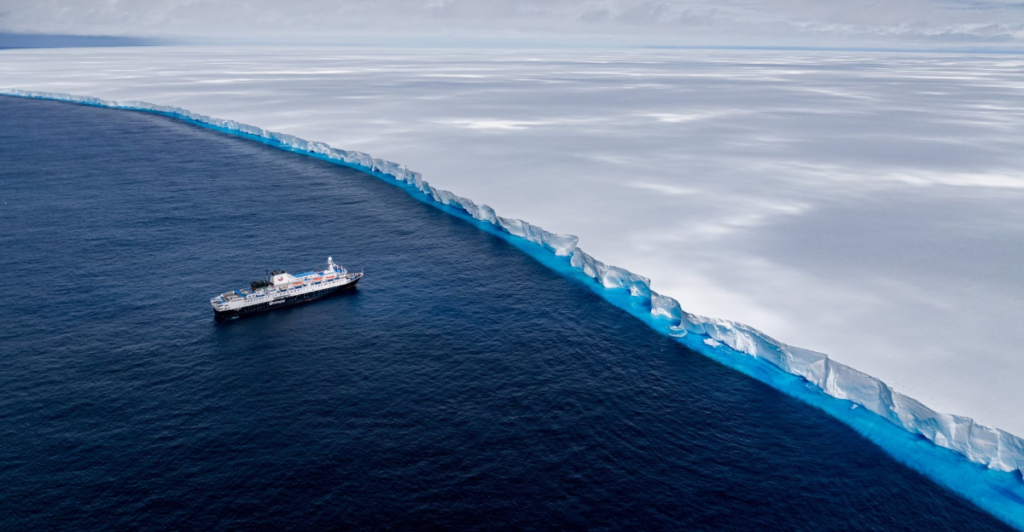
The world’s largest iceberg, A23a, has been captivating environmentalists and scientists as it drifts in the Southern Ocean. This massive ice feature, which measures 1,540 square miles and weighs over a trillion tons, separated from Antarctica’s Filchner Ice Shelf in 1986. After being trapped for decades in an ocean current near the South Orkney Islands, A23a began moving again in 2020.
Its journey has resulted in some surprising environmental impacts, such as nutrient redistribution and changes in ocean salinity. A23a isn’t just a floating chunk of ice—it’s a living climate archive. As it approaches South Georgia Island, researchers are learning how this iceberg influences marine ecosystems, global carbon budgets, and climate processes, which challenges our conventional perceptions of icebergs and their ecological function.
1. Rapid Melting Rates Signal Sudden Climate Change
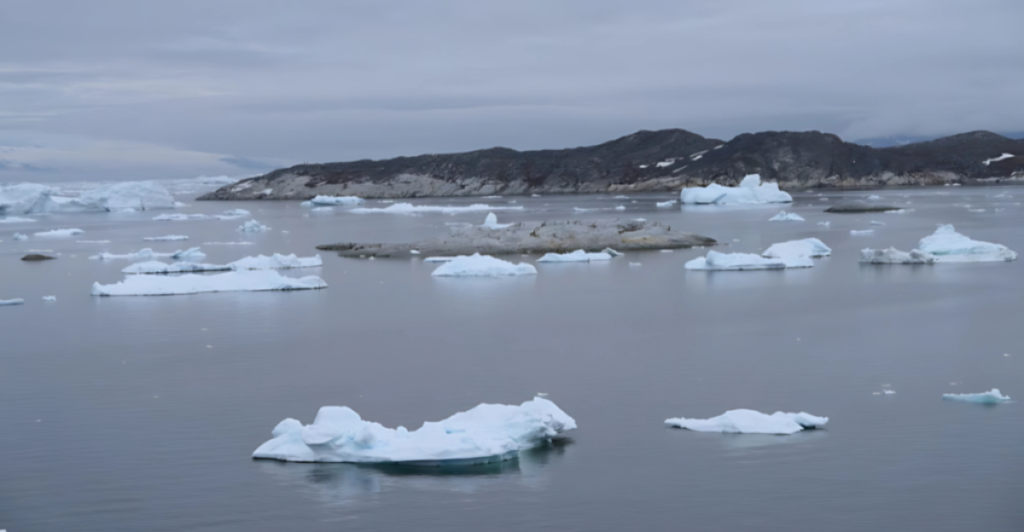
Flights over A23a indicate that the iceberg is melting at a record pace, fueled by warming ocean temperatures and altered currents. In the past, icebergs this large were known to sit for decades or centuries on the seafloor. The fact that a once stagnant giant is now rapidly advancing towards warmer seas is unsettling, substantiating concerns that melting ice is advancing more quickly than previously calculated.
This is an ominous indicator of accelerated climate change, providing concrete proof of the urgency to lower greenhouse gases. Some researchers have suggested that past climate models have underestimated polar ice melting rates, and the consequences—ocean level rise, extreme weather patterns, and ecosystem disruptions—could occur sooner than estimated.
2. Freshwater Influx Disturbs Marine Ecosystems
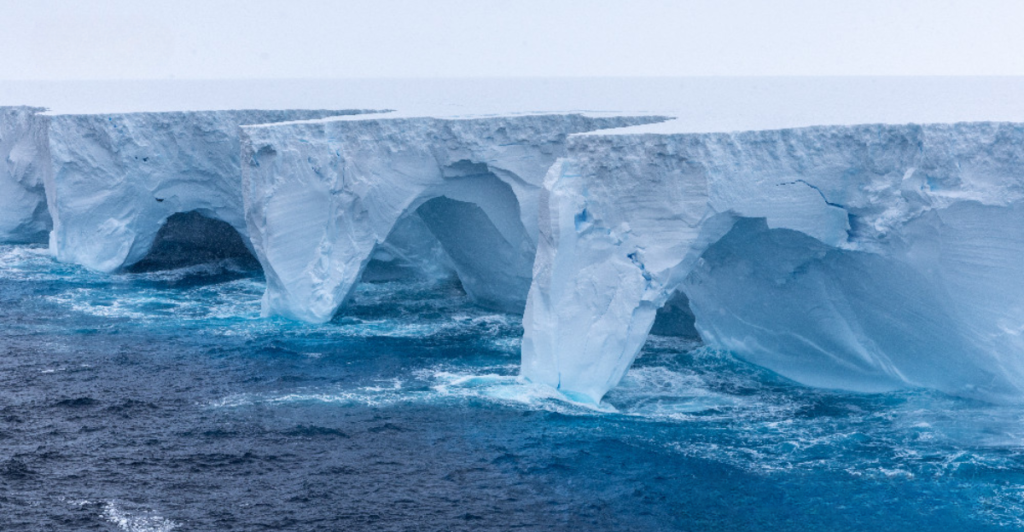
The extensive freshwater released through A23a melting alters nearby ocean water salinity, profoundly affecting the marine ecosystem. Several species, such as plankton, fish, and marine mammals, are extremely sensitive to salinity differences, so lowered salt levels will interfere with spawning patterns, migration patterns, and access to food.
This kind of disruption is particularly troubling in areas like the Southern Ocean, where the delicate food chain depends on precise chemical balances. For example, krill populations are forced to adapt to sudden environmental shifts in addition to the challenges they face from overfishing.
Moreover, changes in ocean salinity can influence thermohaline circulation—the currents that regulate climate by transporting heat and nutrients around the world.
3. Altering Ocean Currents
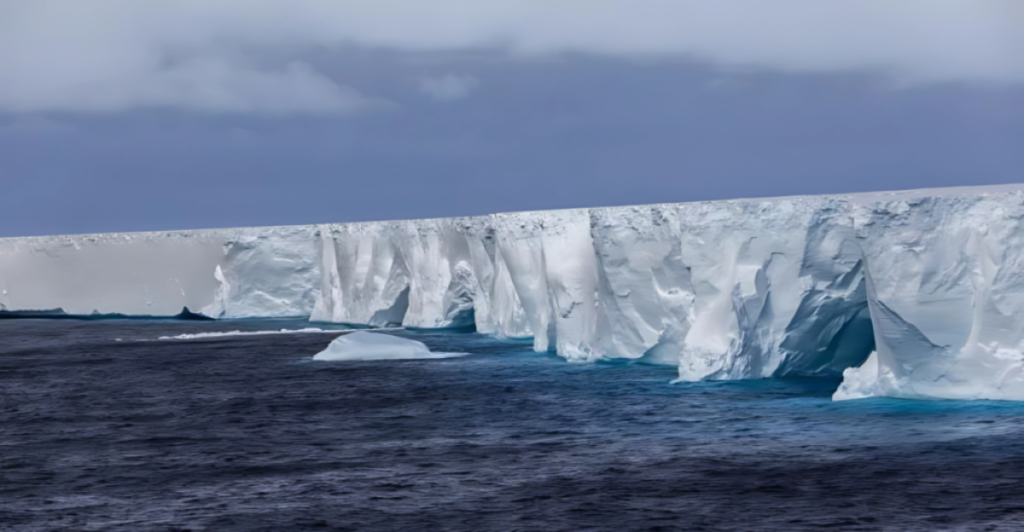
The influx of freshwater from A23a’s melting process can destabilize large ocean currents, such as the Atlantic Meridional Overturning Circulation (AMOC), a critical component of the global climate system. The AMOC regulates Atlantic temperatures, influencing climatic events globally, such as African monsoon patterns and European winter storms.
Historically, abrupt changes in ocean currents have led to extreme climate events. Therefore, if this current loses strength or shifts due to the melting iceberg’s water, it could destabilize weather patterns worldwide.
While a complete breakdown of the AMOC remains a worst-case scenario, any weakening of these ocean currents has potentially widespread consequences. Currently, scientists are particularly interested in whether the iceberg’s meltwater will disrupt these currents in the long term and its potential to contribute to global warming’s effect.
4. Sea-Level Rise Contribution
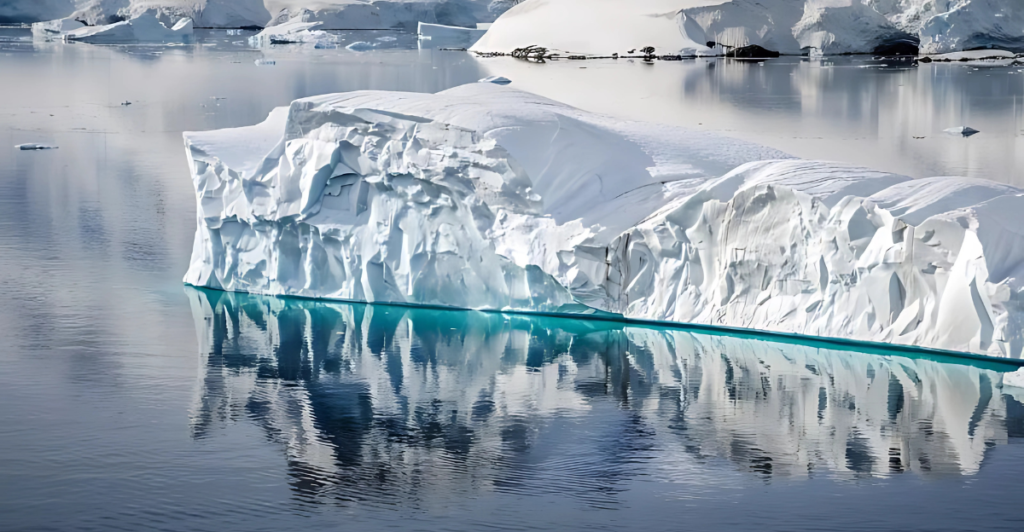
A23a is potentially contributing to rising sea levels. While it did not originally do so when it floated in Antarctica, its recent drift and melting now pose a more direct threat. As giant icebergs melt, they add freshwater into the ocean, increasing the overall volume. While A23a is already floating in the water, its movement speaks to the Antarctic ice sheet’s instability.
If this continues, larger ice shelves will begin cracking more frequently, leading to irreparable rises in global sea levels. Sea levels rising only a few centimeters has massive implications for low-lying coastal and agricultural regions, as well as small islands. Now, scientists are using A23a to refine their models and better predict how melting ice will affect human populations and ecosystems in the future.
5. Release of Ancient Air and Microorganisms
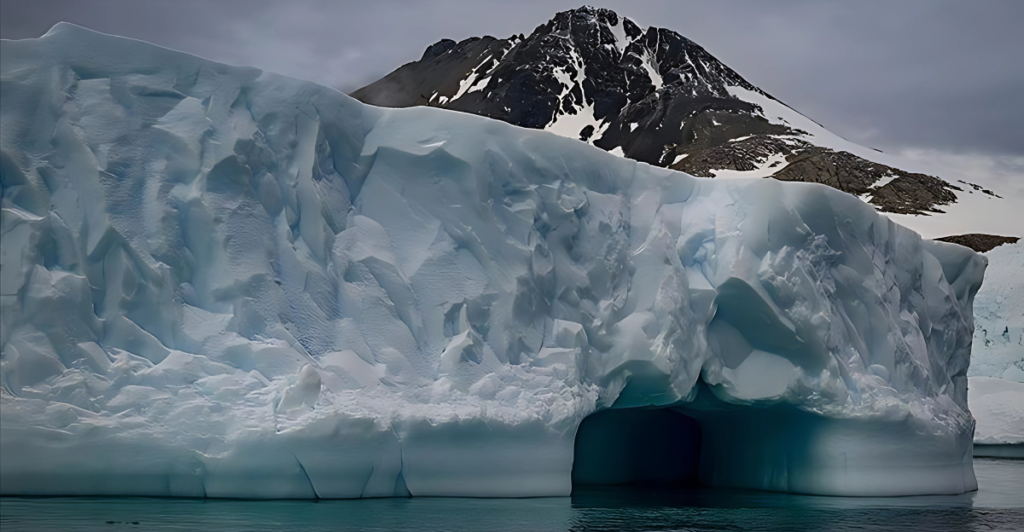
As A23a melts, it releases air bubbles and microorganisms that have been trapped in its ice for thousands of years. This gives scientists a unique opportunity to study ancient atmospheric conditions. By analyzing these air samples, researchers can compare historical carbon dioxide levels with modern concentrations, improving our understanding of climate change over millennia.
Additionally, the release of ancient microorganisms raises both exciting and concerning possibilities. Some of these have lain dormant for thousands of years, and their release into the environment could have unforeseen ecological interactions, posing significant risks to our biosecurity. While this is mere speculation, it highlights how melting icebergs actively transform environmental conditions in a way we are only just beginning to understand.
6. Impact on Local Weather Patterns
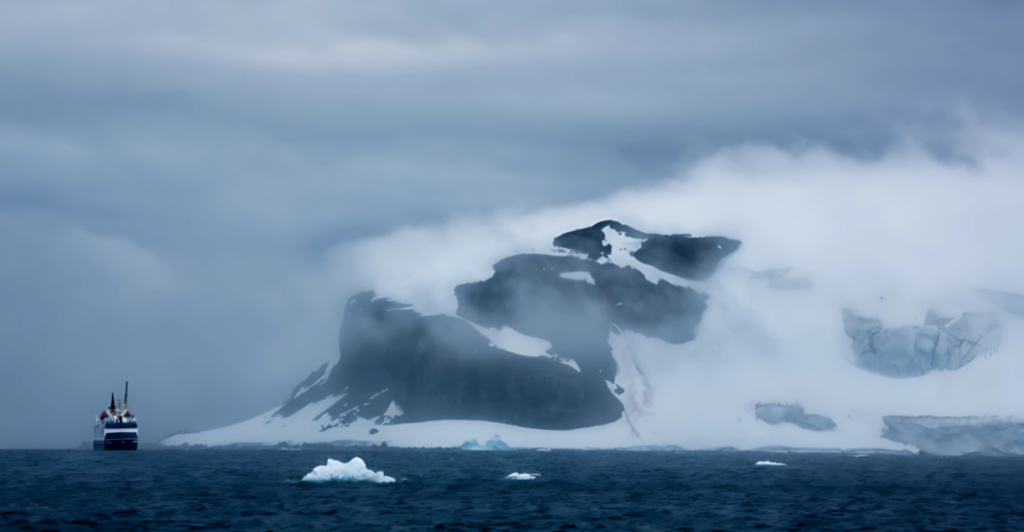
Large icebergs like A23a significantly impact local weather conditions, from cooling adjacent air masses to altering rainfall patterns. As it travels, A23a is a temporary climate modifier with the capacity to make local weather colder while increasing cloud formation, further impacting everything from storm formation to wind circulation.
Icebergs have also been known to increase fog, which makes navigating ships harder. More significantly, when enough icebergs break away and melt in an enclosed area, they cause large-scale atmospheric anomalies that impact the storm system and rainfall distribution.
Now, researchers are monitoring A23a’s movement closely to determine whether its movement is linked with any perceptible weather anomalies, providing a potential map for predicting future climatic effects from icebergs.
7. New Evidence for Iceberg Formation and Movement
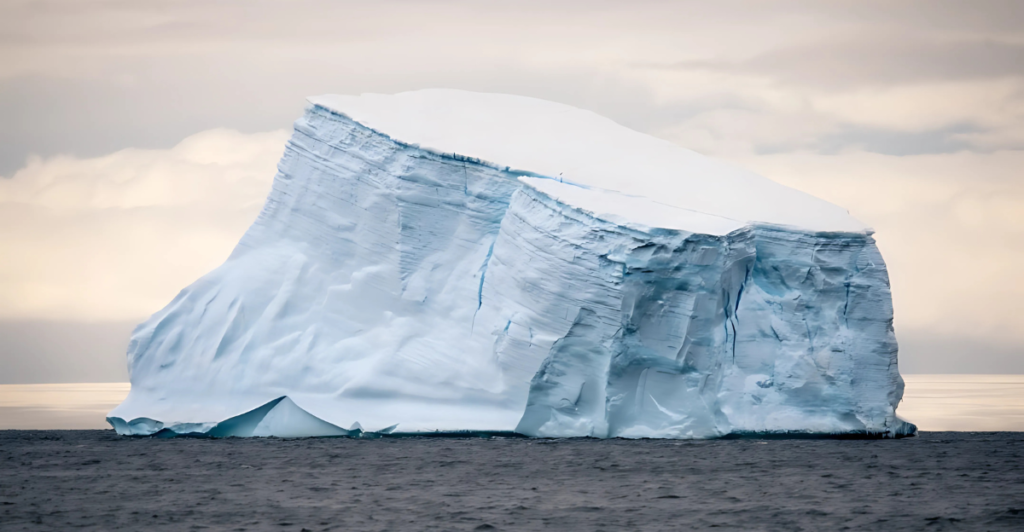
A23a’s movement has provided new evidence about the formation of icebergs from ice shelves and their capability to move through the open ocean. Since smaller icebergs melt quickly or get caught up in ocean currents, A23a size has ensured that it remained intact for decades, allowing scientists more time to study it.
Recent movement shows that large ice structures can be affected by environmental changes, which raises concerns about the future stability of ice shelves already facing significant fracturing.
Tracking A23a’s journey helps scientists refine their understanding of how icebergs move, which is crucial for maritime safety. As more commercial shipping routes open up through polar regions, it is worth knowing about iceberg dynamics to prevent possible tragedies.
8. Visual Evidence Improves Climate Change Communication
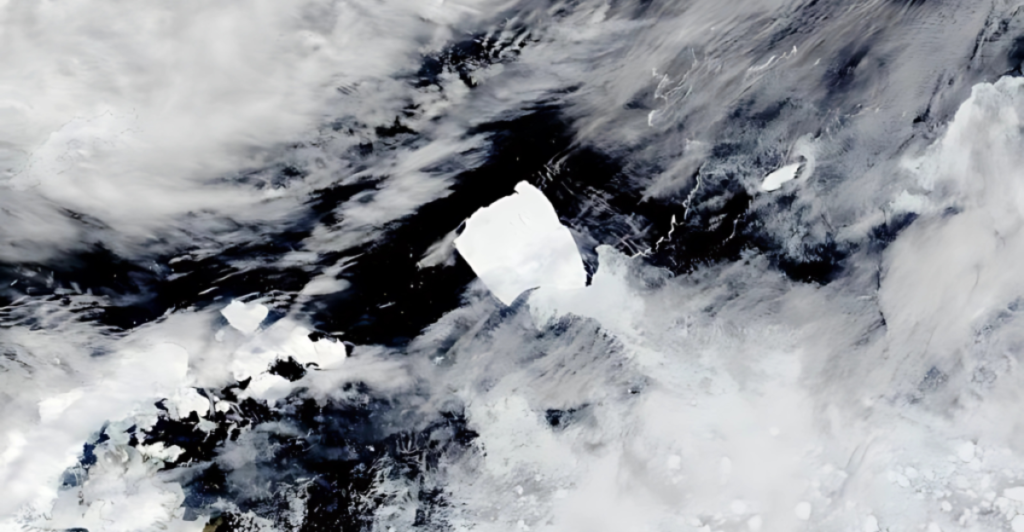
One of the main outcomes of observing A23a from above is the visual evidence it provides of climate change in real-time. Raw aerial footage and satellite imagery show the dramatic scale of melting ice, providing tangible visualization of an abstract climate data set.
Imagery of this sort is vital to raise awareness about melting icebergs and ice sheets, which helps to inform policy-making processes and shape public opinion. It is easy to understand climate change as an abstract concept, but seeing an iceberg the size of a small country melt away before your very eyes makes the issue impossible to ignore.
These eyewitness accounts are priceless for scientists, journalists, and conservationists alike in the fight for climate action.
Explore more of our trending stories and hit Follow to keep them coming to your feed!

Don’t miss out on more stories like this! Hit the Follow button at the top of this article to stay updated with the latest news. Share your thoughts in the comments—we’d love to hear from you!







